What is the Software as a Service (SaaS)?

SaaS, or software as a service, is a model where software is centrally hosted and provided to customers through a subscription. Companies that offer their products via cloud-based software are considered SaaS providers.
These companies handle the servers, databases (including the data), and other software needed for their product use. Subscription plans can vary widely between companies; some SaaS providers offer multiple applications within their product, with different plans giving access to various services.
[Related article: SaaS Sales Explained: Key Insights for 2024]
Here are the leading CRM options to succeed in the SaaS industry:
How the SaaS business model works
To market a SaaS startup effectively, it's crucial to have software developers who can turn complex cloud computing tasks into easy-to-use platforms.
SaaS companies aim to increase their monthly revenue streams and build a strong, engaged user base to achieve profitable Annual Recurring Revenue (ARR) and Monthly Recurring Revenue (MRR). Consequently, most enterprise SaaS business models don't rely solely on one-time pricing. More often, SaaS models are designed to maximize recurring monthly revenue. This approach is common in both enterprise-level B2B solutions and consumer-level B2C products that simplify daily life.
The monthly subscription model keeps customer acquisition costs (CAC) low, although the pricing model affects users' willingness to commit. Monitoring customer churn, especially in the early months, is essential for any SaaS business. Many SaaS products often offer a free trial period before starting monthly fees. This puts pressure on startups to showcase their platform's value and flexibility during the trial to convert users into paying customers.
A major source of churn is trial users who leave before subscribing. Reducing friction between the trial period and paid subscriptions is crucial for growth.
To retain customers, your startup must deliver perfect service and convenience, making users feel they can't live without your SaaS solution. While challenging, achieving this can lead to significant rewards in the SaaS industry when done correctly.
Stages of the SaaS Business

The most successful SaaS companies can reach valuations in the hundreds of millions, serve vast customer bases, and revolutionize entire industries. However, this represents the pinnacle of the SaaS business journey. Generally, a SaaS business progresses through three stages:
1. Development stage
In the early stage, you're operating with minimal resources. Customer numbers are low, and your product is still in development. You might be seeking pre-seed funding or opting for bootstrapping to maintain control over your operations.
During this phase, your team is likely small, you’re focused on a single product, and profitability may not have been achieved yet.
Key questions to consider at this stage include: Are you tracking important metrics, attracting new users, and optimizing pricing? Have you started crafting a software as a service business model that will help you secure appropriate funding and use it effectively?
2. Growth stage
The growth stage is when things start to take off. Your product is rapidly gaining subscribers, generating Monthly Recurring Revenue (MRR), and possibly achieving positive cash flow.
To propel your growth, you'll need to secure substantial funding to expand your team, invest in product development, and scale operations. Various funding sources cater to SaaS businesses, including:
- Venture Capital: This funding source comes from firms that see high growth potential or a solid track record in your SaaS company, providing significant financial support.
- Angel Investors: These individual investors offer substantial financial backing and are ideal for the business model for SaaS startup seeking its first major investment. Recently, "super" angels have also become influential in later funding rounds.
Venture capitalists and angel investors are not the sole options for expanding your business. Some startups join incubators in their initial stages; more mature SaaS companies often turn to startup accelerators for a distinct funding experience. Furthermore, some companies choose to bootstrap for a long time, while others succeed in making money immediately and don't require outside capital for an extended period.
During this stage, ask yourself: Have I established key performance indicators (KPIs) to support further scaling? Do I currently have a strong monetization plan for when I look for funding?
[Related article: 15+ SaaS Product Ideas & Examples for Your Startup in 2024]
3. Maturity stage
When a SaaS company reaches the mature stage, it has established itself with a well-defined target audience and a dependable product that is regularly updated. At this point, the company generates strong Monthly Recurring Revenue (MRR) and maintains stable key performance indicators (KPIs). Mature-stage companies may still seek large-scale investments to enter new markets or acquire competitors.
The primary question for a SaaS company at this stage should be: When did we last review our pricing strategies? Mature companies often become complacent, believing that stable profitability means they are operating at full potential. However, these companies may be missing out on substantial revenue by not optimizing their pricing.
4. Renewal or decline stage
In the renewal or decline stage, a SaaS company must either rejuvenate growth or face decline. Slowing growth, increased competition, and market saturation are common challenges.
For renewal, the company should focus on innovation by introducing new features or products to meet evolving customer needs. Growth can also be accelerated by targeting new markets or locations. Forming strategic partnerships or acquiring other companies can enhance capabilities and market reach. Additionally, actively seeking and integrating customer feedback is crucial for improving satisfaction and retention.
If a company cannot adapt, it may enter the decline phase. To manage this, the company should reduce operational costs to stay profitable and streamline offerings to focus on the most critical areas. Rebranding or repositioning can help regain customer interest and market relevance.
The essential questions for a SaaS company at this stage are: Are we investing in innovation to stay ahead of the curve? Are we listening to our customers and adapting accordingly? Are we exploring new opportunities for growth while managing costs effectively?
Powerful CRM System
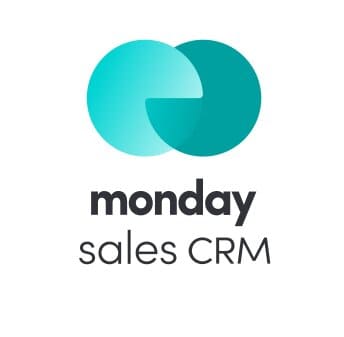
4.7
SaaS business model example
SaaS businesses encompass a wide range of software applications that cater to various needs, primarily helping businesses operate more efficiently.
Let's explore some notable successes in the SaaS industry:
Salesforce
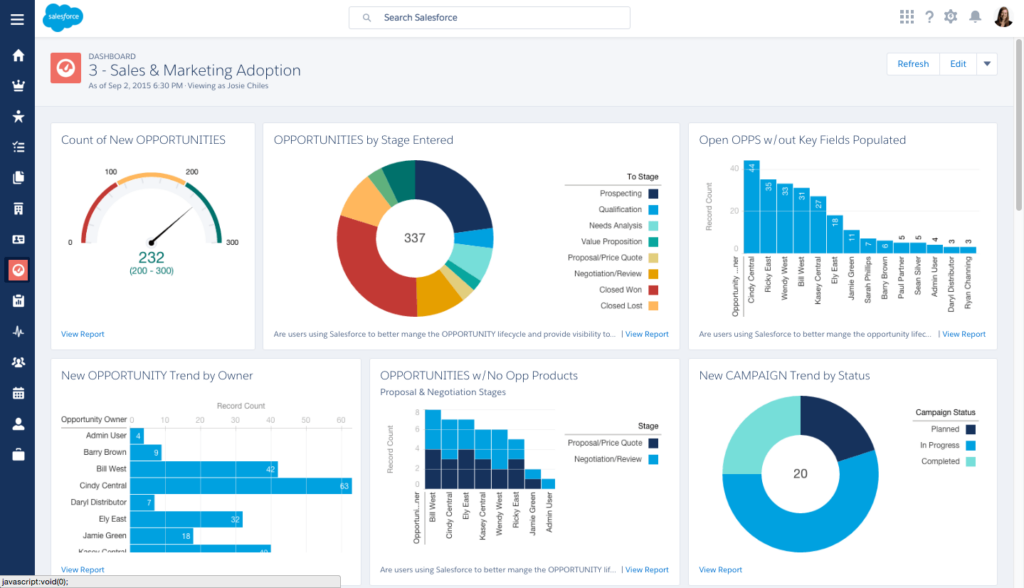
Salesforce is one of the pioneering SaaS companies, established in 1999 as a software firm. It has played a pivotal role in enabling businesses to streamline sales team management, process prospects effectively, and enhance client follow-up strategies. Salesforce has set a benchmark for success in the SaaS sector, inspiring other business owners to achieve similar levels of impact with their products.
monday.com
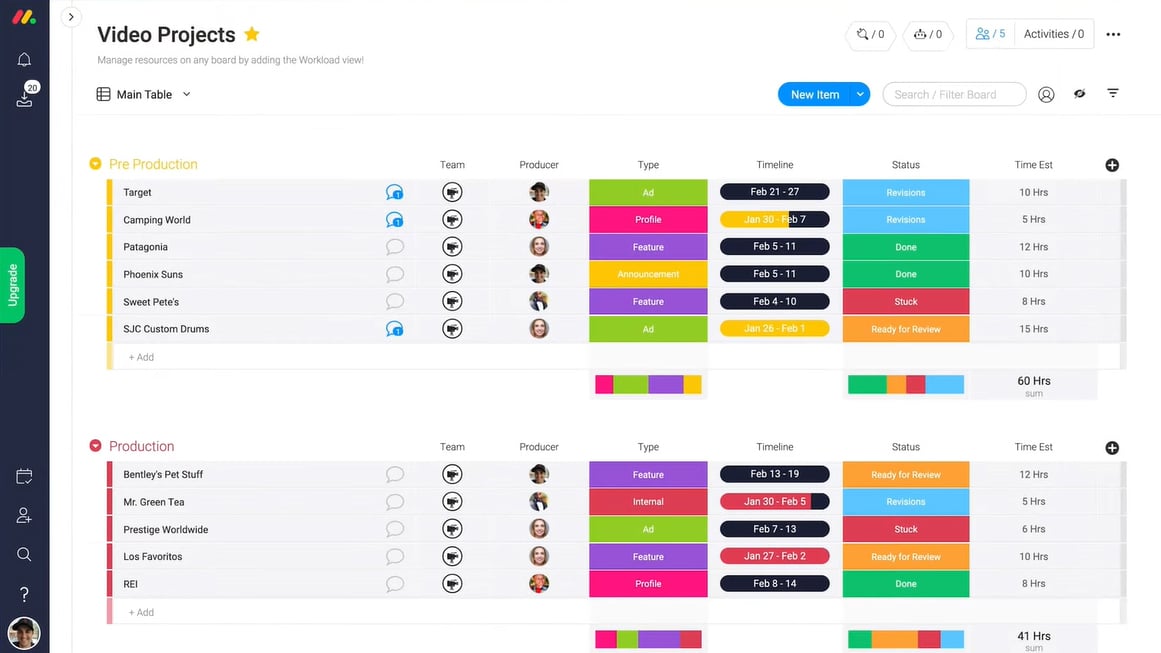
monday.com achieved a remarkable valuation exceeding $1 billion in 2019, despite generating only $4 million in monthly recurring revenue (MRR) in 2016. There are various reasons for this success:
- They innovated project management software by focusing on both individual task assignments and comprehensive project management over extended periods, optimizing team resource allocation.
- Implementing multiple pricing tiers enhanced profitability per customer account, without offering a freemium SaaS operating model, ensuring immediate results with paid advertising.
- Targeted advertising campaigns on platforms like YouTube and Instagram, rather than LinkedIn, minimized customer acquisition costs (CAC), enabling substantial investment in rapid growth initiatives.
Zendesk
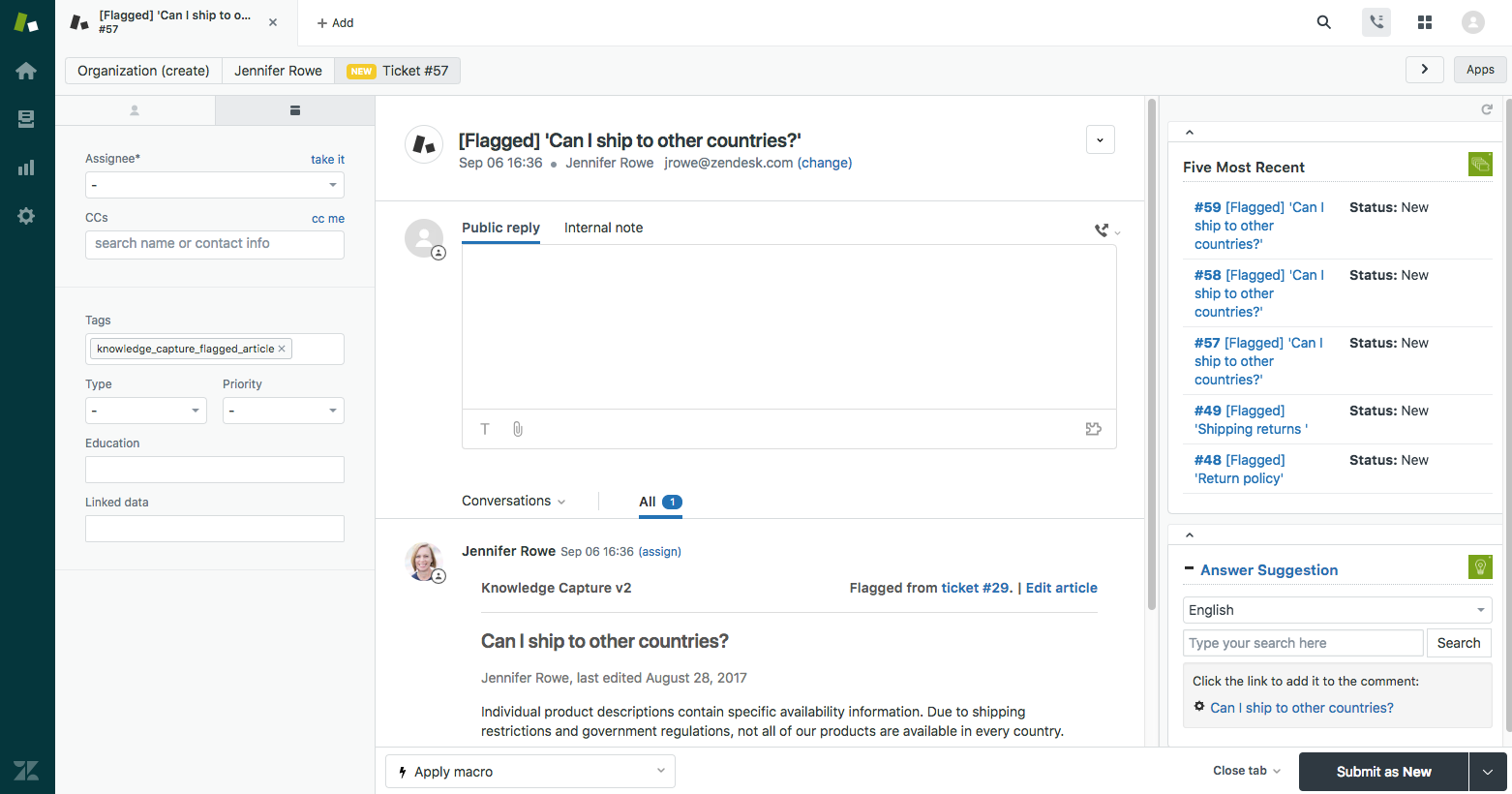
Zendesk is renowned for its customer service ticketing system, widely acclaimed for its user-friendly interface catering to businesses of all sizes. It empowers organizations to efficiently manage customer service operations, thereby enhancing overall customer experience.
MeetEdgar
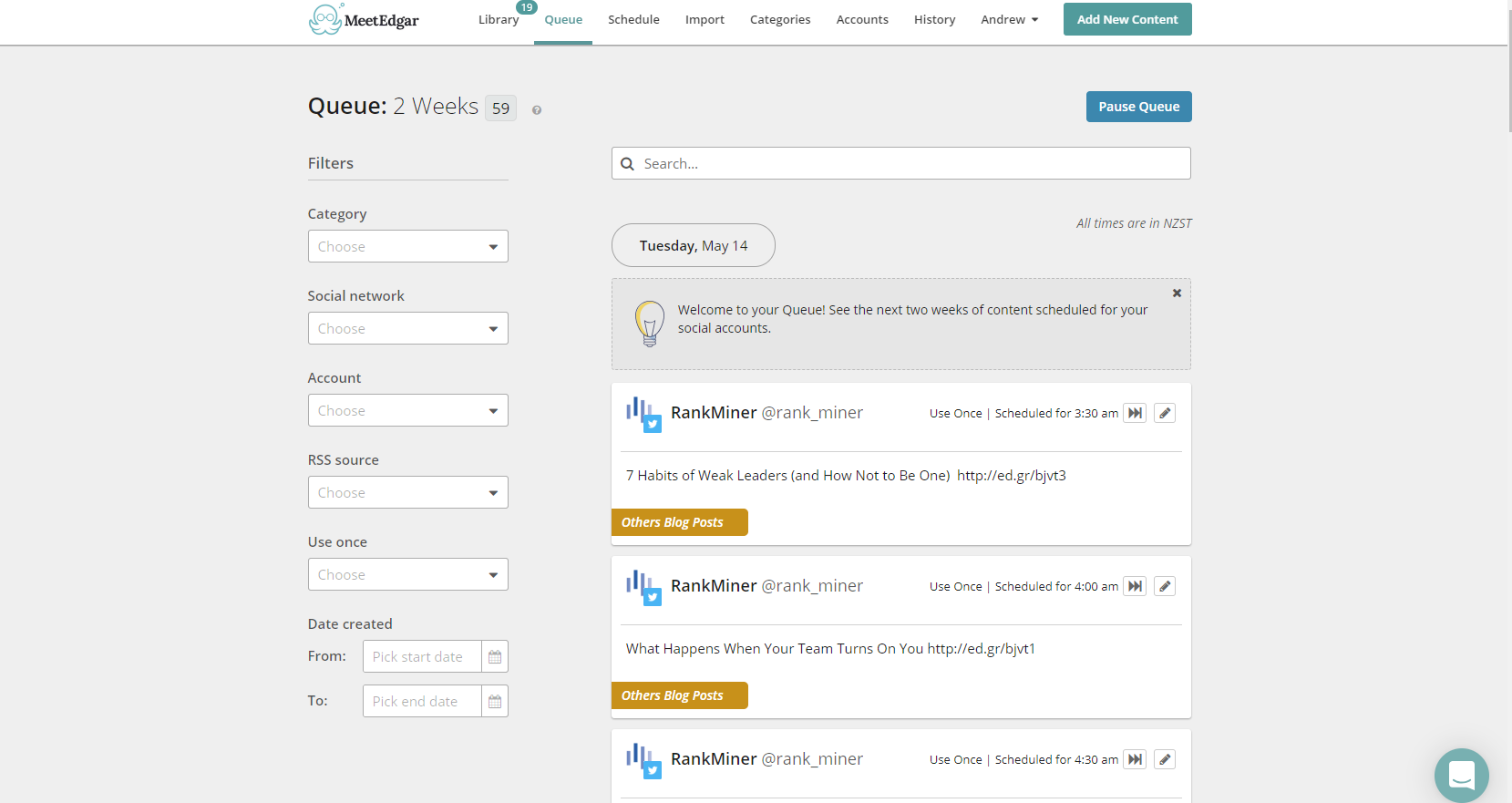
MeetEdgar offers a social media automation SaaS solution designed to save users substantial time. It automates social media scheduling and allows posts to be recycled, ensuring content reaches a broader audience over time. Although smaller in scale compared to Salesforce, Edgar has made significant strides in the social media SaaS niche, serving as a model for other SaaS businesses.
Shopify
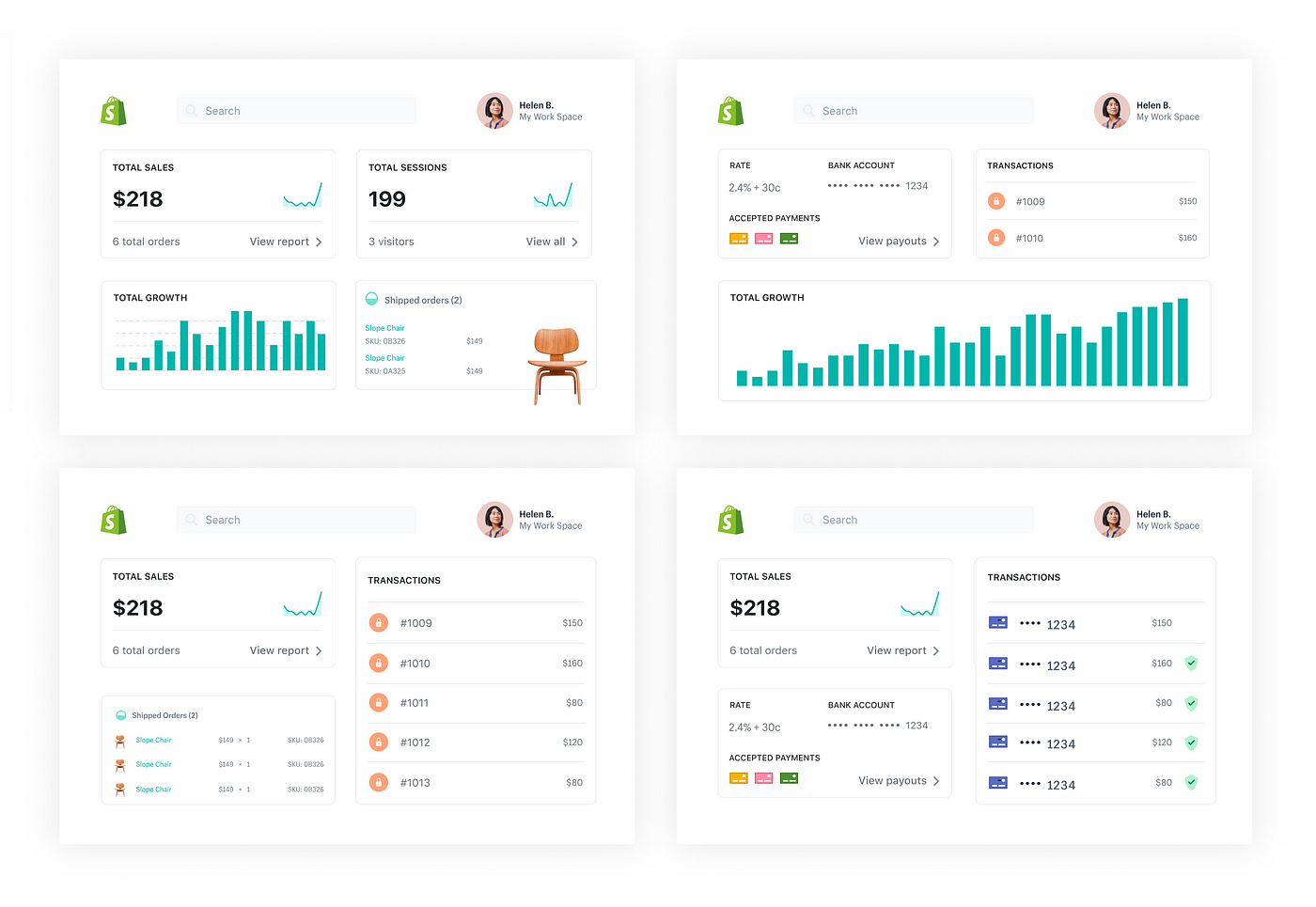
Shopify revolutionized e-commerce by providing an accessible platform for online stores, eliminating the need for coding knowledge. It has democratized online retailing, enabling businesses of all sizes to establish and manage online, social media, and in-person sales channels seamlessly.
These examples illustrate how diverse SaaS solutions have reshaped industries, demonstrating the potential for innovation and growth within the sector.
Advantages of the SaaS model
Cost efficiency 💸
The SaaS business models offer significant cost savings for businesses. By opting for SaaS, companies can avoid the upfront costs associated with purchasing and installing software. Instead, they pay a predictable subscription fee, which often includes maintenance and updates. This approach eliminates the need for expensive hardware, reduces IT staffing requirements, and spreads costs over time, making budgeting more manageable.
Scalability 📈
Scalability is a major advantage of SaaS. Software requirements can vary as a business expands. The best SaaS solutions allow companies to easily scale their usage up or down without the hassle of traditional software upgrades or installations. This flexibility ensures that businesses can adapt quickly to changing demands, adding new users or features as needed without significant disruption or cost.
Accessibility ☁️
Existing SaaS applications are accessible from anywhere with an internet connection, which is particularly beneficial in today’s remote work environment. This accessibility ensures that employees can work from any location, using any device, enhancing collaboration and productivity. Moreover, because SaaS applications are hosted in the cloud, data is centralized and can be accessed in real time, facilitating better decision-making and coordination.
Regular updates and maintenance 🆕
With SaaS, regular updates and maintenance are handled by the service provider. This eliminates the need for manual upgrades and downtime by ensuring that companies always have access to the newest features and security updates. This continuous improvement helps companies stay competitive and secure, as they benefit from the provider’s ongoing investment in the software’s development and upkeep. Additionally, this reduces the burden on internal IT departments, allowing them to focus on more strategic tasks.
[Related article: Discover the Benefits & Challenges of CRMs in Business]
Disadvantages of the SaaS model
Data security and privacy 🛡️
One of the primary concerns with the SaaS platform business model involves data security and privacy. Since data is stored on the provider's servers and accessed over the internet, it is vulnerable to breaches and unauthorized access. Businesses must trust that the SaaS provider has robust security measures in place. Additionally, compliance with data protection regulations can be challenging, as companies must ensure that their data handling practices align with legal requirements, even when data is managed by third parties.
Dependence on Internet connectivity 🌐
The reliance on internet connectivity is one of the significant cons of the SaaS industry. Users need a stable internet connection to use SaaS applications. Access to software and data may be interrupted in places with unstable internet connections or during outages, leading to decreased efficiency and operational delays. This dependence can be particularly problematic for businesses with remote employees or those operating in regions with inconsistent internet service.
Limited customization 🔧
Typical SaaS solutions often come with limited customization options compared to on-premise software. While many SaaS providers offer configurable settings, the level of customization may not meet the needs of every business. This could be a serious drawback for businesses that require highly tailored solutions to fit unique workflows or industry-specific requirements. The one-size-fits-all nature of many SaaS applications can lead to compromises in functionality and efficiency, forcing businesses to adapt their processes to the software rather than the other way around.
5 Tips for SaaS business success

Whether you're aiming to grow or planning to sell, here are some tips and the general way to optimize your SaaS business.
1. Determine your break-even point
Determine when your SaaS revenue will match your investments. Knowing this helps you make strategic decisions at the right time, whether you plan to sell or continue growing your business.
2. Understand your cash flow and runway
Cashflow and runway dictate your growth potential and speed, especially during the hypergrowth phase. Monitoring these ensures you can sustain and scale your business effectively.
3. Align your business with your desired lifestyle
Align your SaaS company business model with your lifestyle goals. If wealth is your priority, pursue it. If a balanced work-life is your aim, make business decisions that support that, like avoiding investors who might add stress.
4. Monitor and enhance your revenue per employee
Employees are vital but costly. Tracking revenue per employee is crucial for success. The energy sector leads in this metric, but SaaS is among the top five sectors, highlighting its importance.
5. Address one problem at a time
Avoid feature overload in your SaaS products. When planning your business roadmap, keep it simple and focused. Solving multiple problems is good, but evaluate if new features fit within the existing product or should be separate offerings.
[Related article: How to Choose a CRM System: Checklist with 6 Tips]
Essential SaaS metrics to monitor

SaaS software companies thrive on data, and their success depends on how well they track key metrics, understand their interactions, and make improvements. Here are five key business metrics to measure that reveal the health and potential of a SaaS company.
Customer Lifetime Value (LTV)
A customer's lifetime value (LTV) is the total revenue you can expect from them while using your product.
Calculating LTV accurately is crucial for SaaS businesses. While retention rates (which we'll discuss soon) are important, they don't fully show how much revenue retained customers generate monthly or the effectiveness of upselling. LTV provides this detailed insight.
Customer Acquisition Cost (CAC)
CAC represents the total expenses incurred in sales and marketing to acquire a new customer.
Acquiring new customers is costly, and it takes time before the additional Monthly Recurring Revenue (MRR) from a new customer covers the acquisition costs. Monitoring CAC is essential to ensure that it is comfortably outweighed by the Lifetime Value (LTV) of a customer.
Spending too little on CAC can result in missed revenue and growth opportunities, while overspending can impact profitability. Balancing CAC is crucial for sustainable growth.
Monthly Recurring Revenue (MRR) & Annual Recurring Revenue (ARR)
MRR and ARR are crucial for SaaS businesses, reflecting the predictable revenue expected each month or year.
Despite their importance, many companies mishandle their MRR. A ProfitWell survey found that one in five SaaS companies incorrectly reported expenses related to MRR, two in five improperly included trial or free users, and most made errors distinguishing between monthly, quarterly, and annual payments.
Accurate MRR tracking is essential, even though it isn't required for government reporting. This metric is vital for investors to gauge your company's health and for you to plan your growth strategy effectively.
Churn Rate
The churn rate is the percentage of customers who stop using your service over a specific period. It's a critical metric for SaaS businesses because even a small increase can impact growth.
Churn can be devastating, even if other metrics are strong. Understanding your churn rate's causes and finding ways to reduce it is crucial in the SaaS industry.
It's a complex metric to analyze fully. Segmenting churn into different customer groups can help identify its drivers, while incorrectly accounting for trial users or seasonal customers can lead to inaccurate results. There are numerous methods SaaS solutions use to measure churn, each offering different insights.
Customer Retention Rate
Retaining customers is fundamental for growth in subscription-based models; high retention is as vital as low churn.
A pattern emerges in discussing key SaaS metrics: many companies miscalculate retention rates. Both user retention and MRR retention should be measured together to understand the combined impact of your product, marketing, customer service, and pricing on long-term profitability.
When calculating retention rates, it’s crucial to differentiate between customer life-cycle stages and the plans customers are on. Missteps in these calculations can lead to inaccurate retention metrics, affecting strategic decisions.
Why do most SaaS startups fail and how to avoid it?

Many SaaS startups face challenges that can lead to failure, but understanding these pitfalls can help mitigate risks and increase chances of success:
- Lack of market fit: One of the primary reasons SaaS startups fail is a lack of product-market fit. This occurs when the product does not adequately solve a significant problem for a target market or fails to meet customer needs in a compelling way. Startups can prevent this by performing in-depth market research, gathering early feedback from customers, and repeating regularly based on insights.
- Poor user acquisition and retention strategies: Acquiring customers can be costly, and retaining them is equally challenging. Startups often struggle with ineffective marketing strategies, high customer churn rates, etc. Successful startups focus on building scalable customer acquisition channels, implementing robust customer onboarding processes, and prioritizing customer success and retention efforts.
- Insufficient funding or runway: Many SaaS startups underestimate the funding needed to reach profitability or scale effectively. Running out of cash before achieving critical milestones can lead to failure. To mitigate this risk, startups should accurately forecast financial needs, secure adequate funding through various sources (e.g., venture capital, angel investors), and manage cash flow prudently.
- Competitive pressure and differentiation: The SaaS market is highly competitive, with numerous players offering similar solutions. Startups that fail to differentiate their product or provide unique value propositions struggle to attract customers and sustain growth. To stand out, startups should identify and communicate their unique selling points clearly, continuously innovate, and stay ahead of market trends.
- Ineffective leadership and team dynamics: Poor leadership, lack of expertise, or team conflicts can derail a startup's progress. Strong leadership, a cohesive team, and a culture of innovation and accountability are crucial for navigating challenges and driving growth. Startups should invest in building a diverse and talented team, foster a supportive work environment, and lead by example.
- Failure to adapt to market changes: Markets evolve rapidly, and startups must adapt accordingly. Those who fail to pivot or adjust their strategies in response to market dynamics, technological advancements, or changing customer preferences risk becoming obsolete. Successful startups prioritize agility, monitor industry trends closely, and are proactive in adapting their products and strategies.
- Legal and compliance issues: Ignoring legal regulations or failing to comply with industry standards can lead to significant setbacks or legal consequences. Startups must prioritize legal compliance, data protection, and cybersecurity measures from the outset. Seeking legal counsel, implementing robust security protocols, and staying informed about regulatory changes are important steps to reduce risks.
By addressing these common reasons for failure and implementing proactive strategies to mitigate risks, SaaS startups can enhance their chances of long-term success in a competitive and rapidly evolving online business.
[Related article: Top 15 Reasons of CRM Failure and How to Avoid Them]
Business model SaaS FAQs
How do I know if the company is SaaS?
A company is considered SaaS (Software as a Service) if it provides software applications through the internet on a subscription basis, typically hosted and managed centrally.
Is Uber a SaaS or PaaS?
Uber operates more like a platform-as-a-service (PaaS) rather than a software-as-a-service (SaaS). It acts as a middleman, linking passengers with drivers, providing a service rather than a self-contained software product.
Why do people like SaaS?
People like SaaS because it offers accessibility, scalability, regular updates, and typically lower upfront costs compared to traditional business models. It provides flexibility and often improves all aspects of your business.
How do I start a SaaS model?
To start a SaaS product business model, begin by identifying a problem or need that your software can address. Develop a minimum viable product (MVP), validate it with potential customers, secure funding if necessary, build and launch your product, and continuously iterate based on user feedback.
Is Google a SaaS company?
Yes, Google offers several SaaS products, such as Google Workspace (formerly G Suite), Google Drive, Google Docs, and Google Analytics. These are cloud-based services accessed via subscription, making Google a leading vendor in the SaaS market.
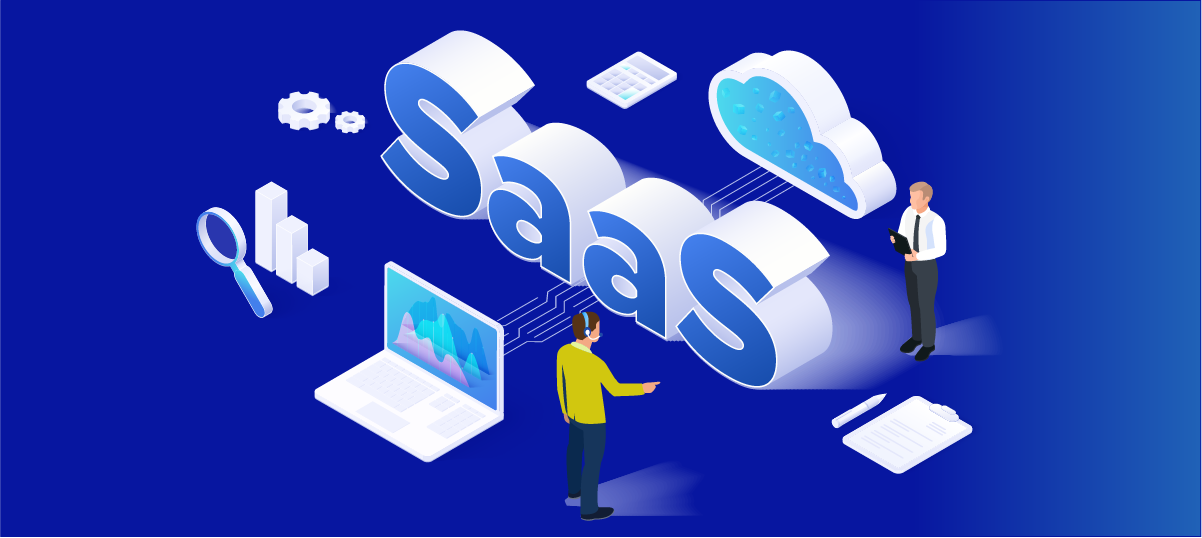
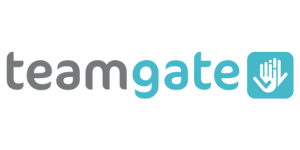

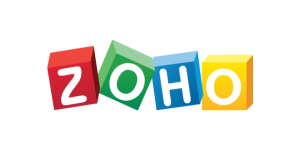
.png)
.png?width=140&height=140&name=Noah%20(1000%20x%201000%20px).png)



